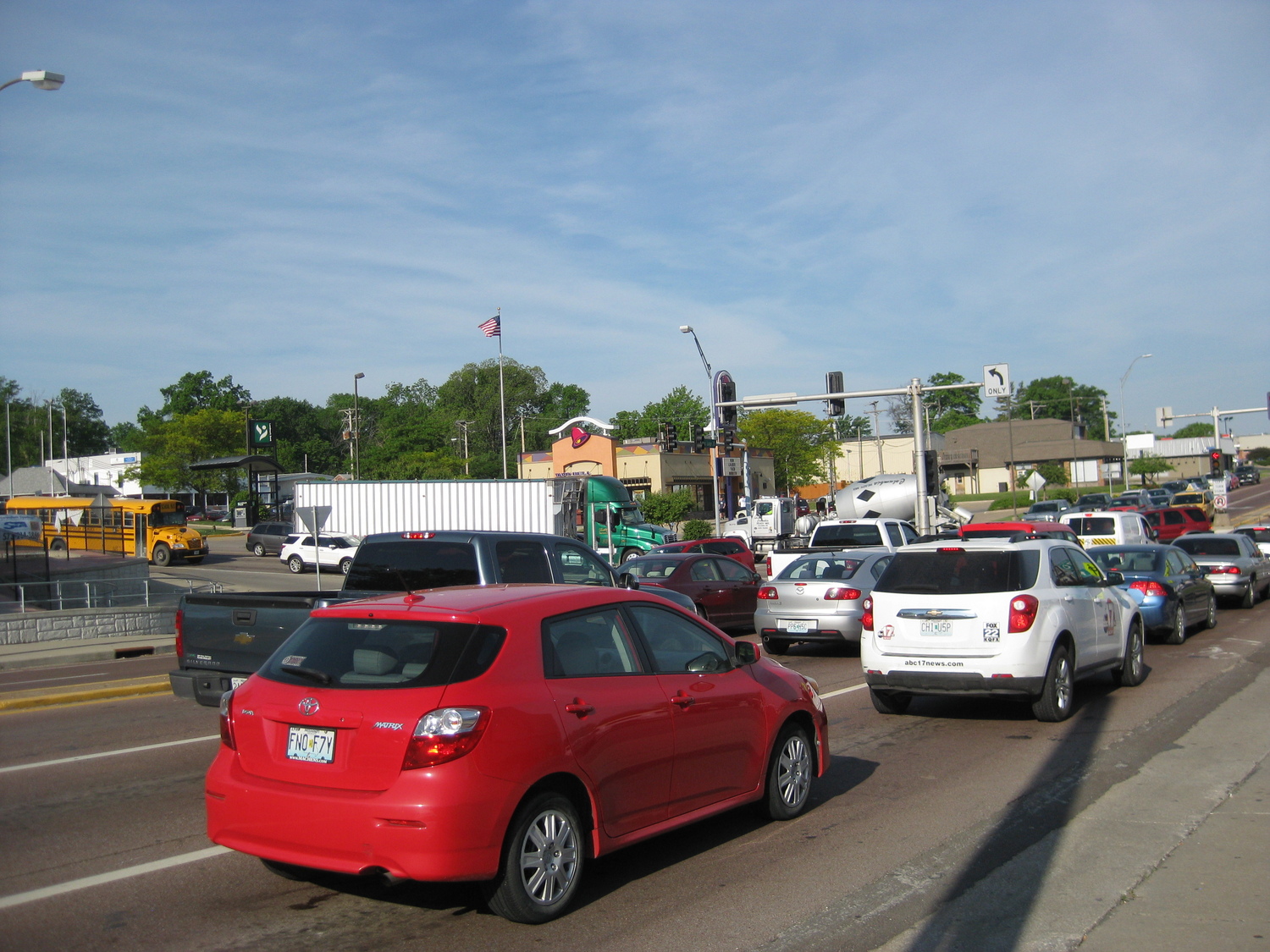
Climate Change in Columbia
Climate change is a shift in the long-term, average weather patterns. When climate changes over thousands of years, plants and animals often adapt. When climate changes rapidly—over hundreds of years—drastic changes including mass extinctions have occurred. Our climate is changing rapidly. Decades of burning fossil fuels and other human activities have released dangerous levels of heat-trapping gases into the atmosphere. These GHGs—carbon dioxide, methane, nitrous oxides and others—are driving abrupt changes in our climate.
Climate Change in Columbia
Be Part of the Solution!
All Columbians need to be actively engaged in our resilient future.
Climate Impacts
Observed and Predicted Changes
The climate in Columbia has already been changing. This is evident in the longer summer heat waves and increases in annual precipitation. Due to the staying power of GHGs in the atmosphere, even if we stop all emissions of GHGs today, there will still be additional changes in our climate for years to come. This makes it imperative to also be reducing GHG emissions as we prepare for a changing climate to lessen the impacts felt tomorrow.
Climate Impacts
Temperature
Future: By the late century, Missouri could have over 25 days each year above 95°F, compared to the 5-15 days that we currently experience. Heat waves in the Midwest are expected to become even hotter by 2050, by about 13°F. With that change, extreme heat in Columbia could more regularly reach temperatures well over 100°F.
Climate Impacts
Precipitation
Future: Across the Midwest, annual precipitation is expected to increase. By mid-century, Columbia could see 7% more rainfall each year and more heavy rain events compared to the last century. However, summer drought will likely be more common in Missouri in the future.
Climate Impacts
Air Quality
Future: Warmer temperatures may worsen air quality in parts of Missouri in the future. Days of poor air quality may become more common in Columbia.
Risks & Vulnerabilities
Vulnerability Assessment
To better understand the extent to which climate change will affect Columbia, a climate vulnerability assessment was conducted with support from the Climate Action & Adaptation Task Force and City staff. The vulnerability assessment assigns vulnerability rankings to key systems within the Columbia community, taking into account three factors in relation to anticipated climate change impacts:
1. Exposure: The number of people and value of assets in harm’s way or at risk due to their physical location.
2. Sensitivity: The severity of the consequences of being exposed to these risks and the degree to which climate change exacerbated existing stressors.
3. Adaptive capacity: Steps the City and community are already taking to prepare for climate change impacts and whether they have existing capacity to accelerate and/or expand those efforts, if needed.
The results of the vulnerability assessment indicated that Columbia is most vulnerable to heat stress, air quality, and vector borne diseases.
Greenhouse Gas Emissions - Community
Community GHG Emissions
GHG emissions are produced when we use energy in our homes and offices, dispose of waste or sewage and use fossil fuel powered vehicles. GHGs trap heat in the atmosphere, leading to lasting disruptions in our climate, such as higher temperatures and more frequent extreme weather events that can cause flooding. Columbia, along with many other cities, organizations, and businesses—both nationally and internationally—are reducing their emissions to avoid severe impacts from climate change. To determine effective actions and targets, Columbia has conducted GHG emissions inventories for our municipal operations and the community as a whole.
UNIT | Carbon dioxide (CO2) is perhaps the most familiar GHG. Methane, nitrous oxides and other gases also have heat trapping capacities that are more potent than CO2. We measure GHGs in metric tons of CO2 equivalent (mtCO2e), which accounts for GHGs based on how their heat trapping capacity compares to CO2. | MTCO2eMetric Tons of Carbon Dioxide Equivalent |
Carbon dioxide (CO2) is perhaps the most familiar GHG. Methane, nitrous oxides and other gases also have heat trapping capacities that are more potent than CO2. We measure GHGs in metric tons of CO2 equivalent (mtCO2e), which accounts for GHGs based on how their heat trapping capacity compares to CO2. | MTCO2eMetric Tons of Carbon Dioxide Equivalent |
Since Columbia began monitoring GHGs annually in 2015, emissions have remained relatively flat. Over the same time period population has grown and emissions per-capita have been falling consistently as the city grows.
While this is a positive trend, we'll need to do better than hold GHGs in check if we are to meet our emissions reduction targets.
